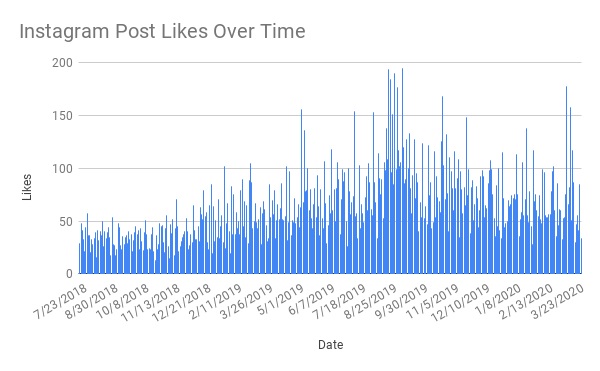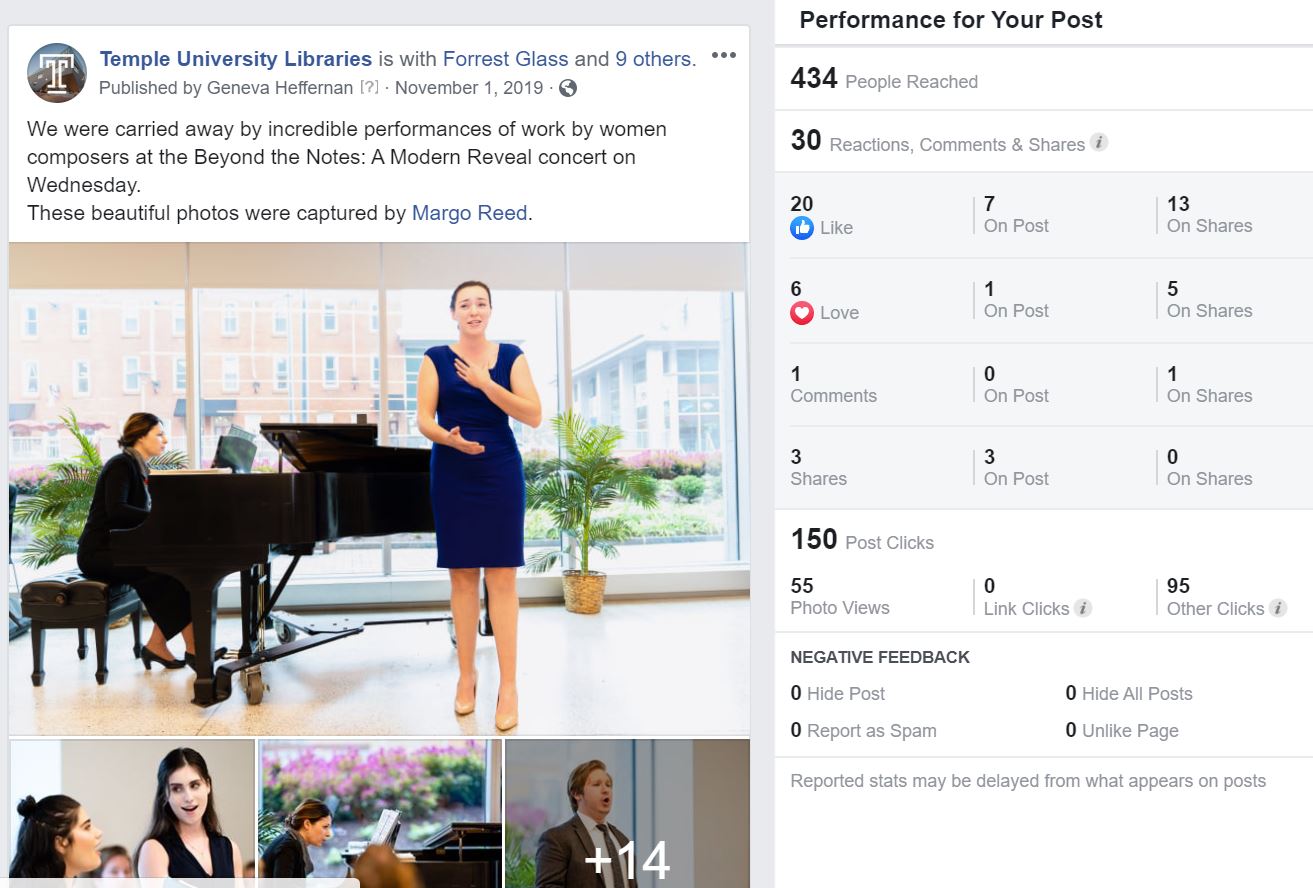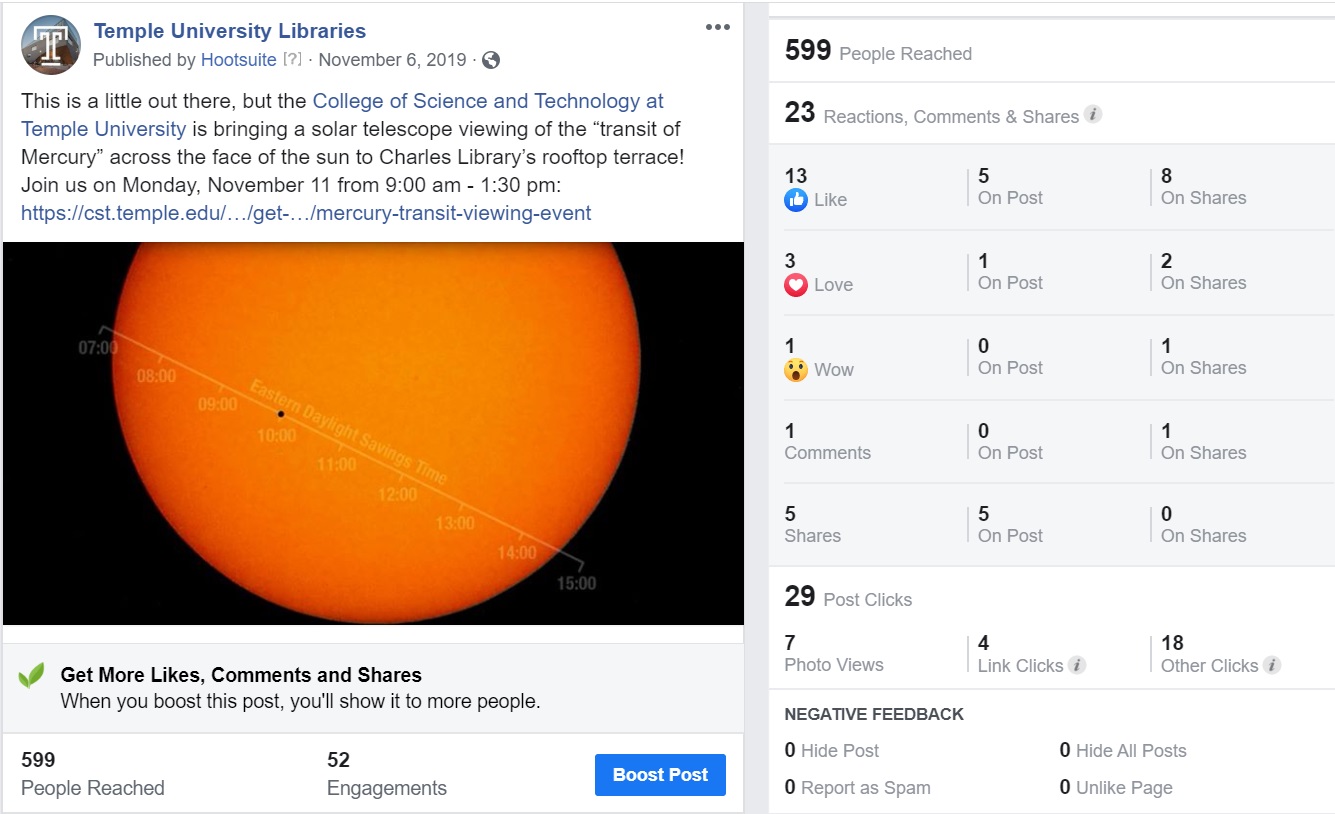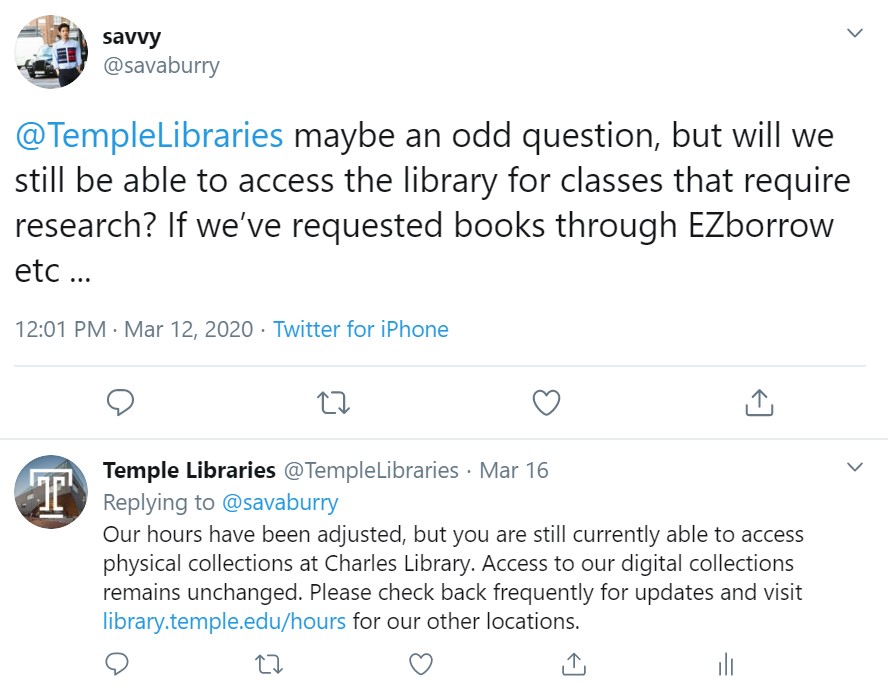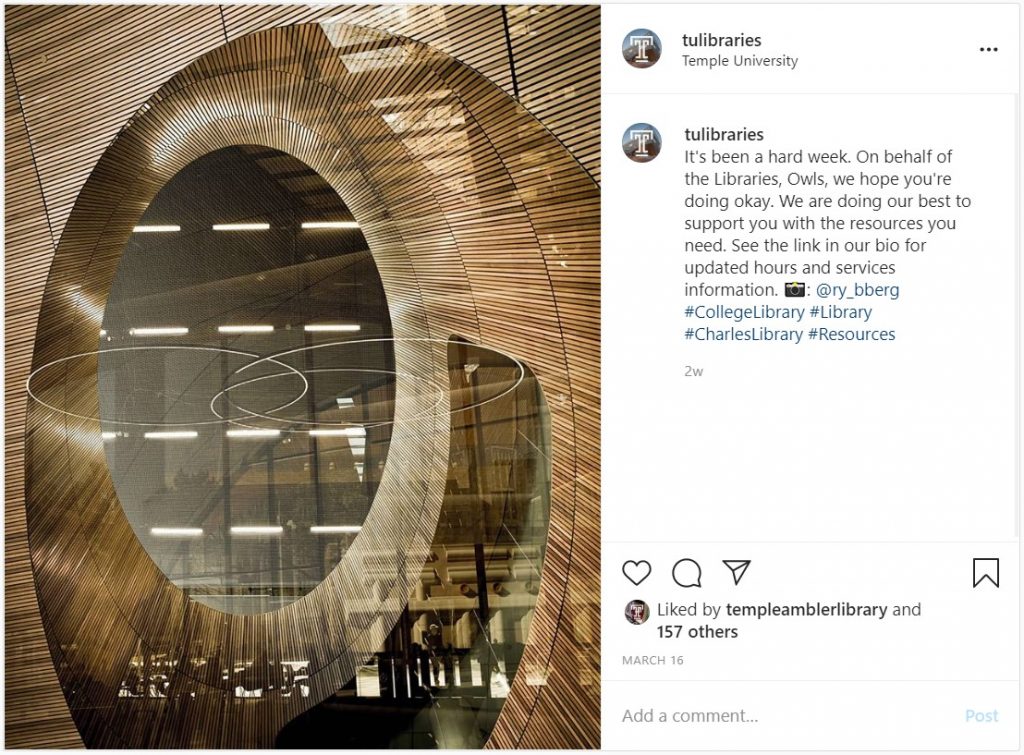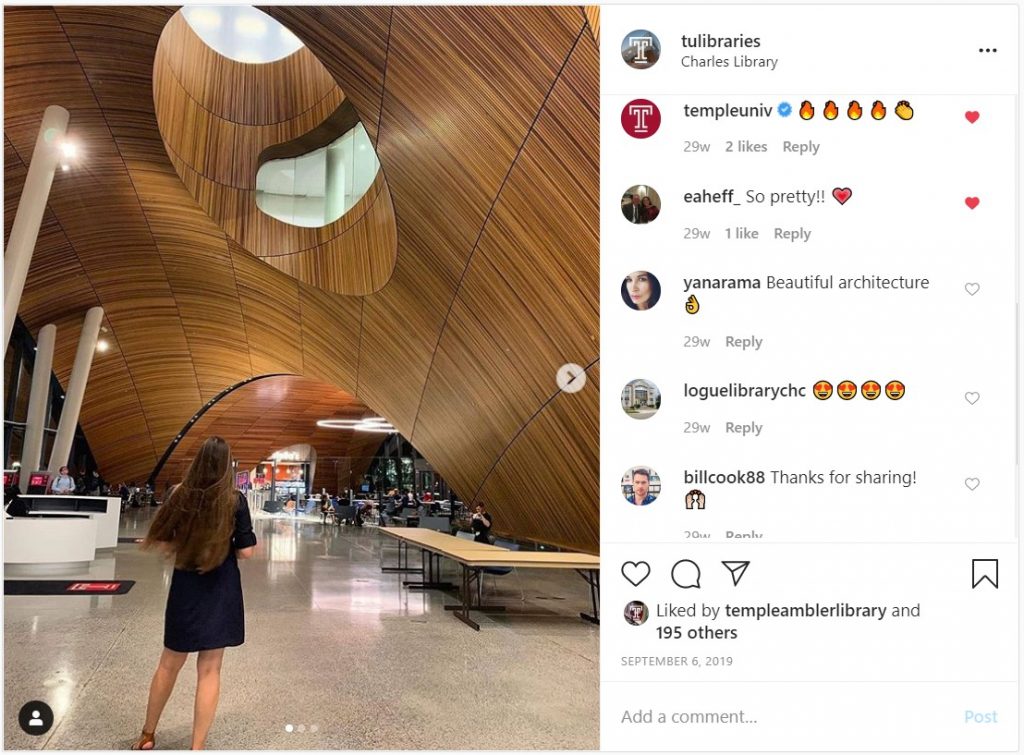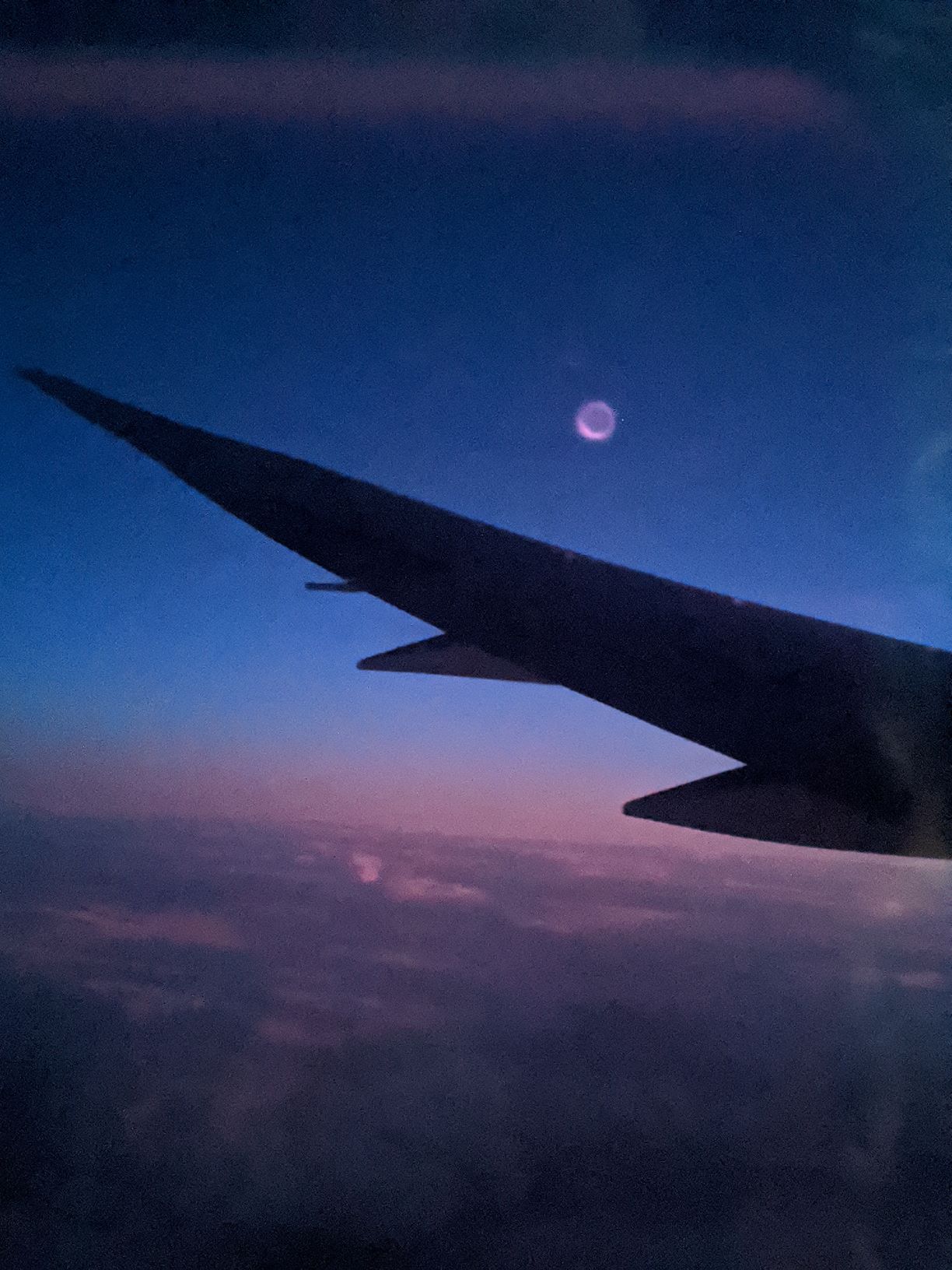This week I submitted the Libraries’ annual report on assessment activities to the University’s Office of Assessment and Evaluation . It’s a requirement that I don’t particularly relish, as I often feel our approach to assessment at the Libraries is somewhat haphazard and often “just in time”. We’ve never had a formal assessment “plan”.
But I was wrong to be discouraged. In fact, our assessment capacity has grown tremendously, with full time librarians in user experience (Jackie Sipes) and collections analysis (Karen Kohn). As importantly, many, many staff from across the organization have contributed to assessment efforts this year. So celebration and appreciation are well deserved.
Many staff were involved in the Envisioning Our Future project, conducted under the umbrella of ARL’s Assessment Framework. We interviewed staff to learn how they envisioned working in the new spaces at Charles, and conducted a second set of interviews after the move. Research team members in Phase I included Olivia Given Castello, Rachel Cox, Jessica Martin, Urooj Nizami, Jenny Pierce, Jackie Sipes, Caitlin Shanley, and Stephanie Roth. In Phase II, Karen Kohn, Rebecca Lloyd, and Caitlin Shanley made up the research team. Over 40 staff members agreed to be interviewed, many participating in both phases. The project has received wide recognition, most recently at the Library Assessment Conference as part of the session on Critical/Theoretical Assessment and Space.
The Furniture Study was a multi-method approach, using a survey to students and daily observations to determine what types of furniture best supported the work they do at Charles Library. The project was led by Jackie Sipes and Rachel Cox and resulted in several changes, including the positioning tables to improve privacy and quiet for student work. This assessment was featured when the Middle States Accreditation Committee came to campus.
Rachel Cox and Jackie Sipes also led a signage and wayfinding project, working with staff from Access, LDSS and LRS to identify the top wayfinding issues in the building and determine content and placement of third floor directory signs. Many of our student workers in those departments, plus LTS students, also responded to surveys and provided feedback on the re-envisioned Charles floor maps.
Gabe Galson and Katie Westbrook conducted usability testing for the ongoing work on Library Search.
Kaitlyn Semborski and Geneva Heffernan continually monitor the usage our multiple Social Media accounts (Instagram, Twitter and Facebook) to understand what works where, using that data to engage our various audiences effectively.
The Virtual Reference Assessment was one of the Libraries’ many responses to the closing of the physical collections due to COVID-19. We put into place a more visible chat widget and a request button for getting help finding digital copies for inaccessible items. Olivia Given Castello, Kristina DeVoe, Tom Ipri, and Jackie Sipes worked on this popular service. Their assessment has led to multiple changes, including refining the routing of email requests and chat follow-up tickets. The work has also enhanced the FAQ system, engineered to come up automatically when staff answer an email ticket. This saves staff time as they can easily insert and customize the text in their replies to patrons. The Digital Copy Request system is more effective through coordination with Brian Schoolar (collections) and Joe Idell (document delivery).
We improved the user experience for Request and Retrieval through our Library Search system. The project was led by Karen Kohn with team members Brian Boling, Carly Hustedt, Karen Kohn, John Oram, Jackie Sipes, and Emily Toner. With a goal of considering the entire experience, from making an online request to physically picking up a book, each team member brought important expertise to the project. Working remotely created challenges for some aspects of this project, like visualizing the pick up area at Charles. but they persisted. The clearer signage and instructions for use of self-checkout improves the experience of staff as well.
In addition to these projects, all profiled on our blog, Assessment on the Ground, there is much assessment work that goes on behind the scenes. For instance, we are in the process of reviewing our data collection practice through the Springshare forms. Staff involved in this initiative are Andrew Diamond, Katie Westbrook, Carly Hustedt and Tiffany Ellis, with input from Steven Bell, Olivia Given Castello, Justin Hill, Tom Ipri and Jenny Pierce.
Richie Holland, Marianne Moore and Royce Sargent provided insights as I refined our approach to calculating and reporting expenditures for our many survey responses (IPEDS, ACRL, Temple University Fact Sheet, AASHL).
Evan Weinstein, Margery Sly, and Josue Hurtado helped me access data collected in their work areas to better understand how our physical spaces and services were being used this fall, particularly important as we evaluate the use of the library buildings.
Dave Lacy and I collaborate in our work with central IT staff for understanding Charles swipe data and how best we might connect Banner and library datasets to develop visualization dashboards in Tableau.
Beckie Dashiell and Sara Wilson are patient collaborators as we continue to streamline our workflows with the University’s Data Verification Unit. As essential as this function is, we all need patience when addressing their myriad questions like, “Where is your documentation for the 80 goat watchers you report attending the Instagram Philly Goat Project?”
And there are important projects on the horizon. Gretchen Sneff is leading a team (Fred Rowland, Will Dean, and Adam Shambaugh) in an interview project with faculty working in the data science field. This important research, coordinated by Ithaka S+R, will combine our local data with findings from other institutions to understand research practice and potential for library services in this emerging area of need.
We are supporting our Library’s Student Advisory Board in a new way, providing a stipend for members. This sends a powerful message to students about how we value their voice. Thanks go to Jackie Sipes and Caitlin Shanley for leading this effort.
Finally, the Assessment Community of Practice sessions continue to be well-attended. Open to all staff, the forum provides a space for sharing our assessment work and asking new questions.
So… in spite of no formal plan, we continue to engage more staff in assessment projects, understand user needs in new ways, and develop our own expertise through team work. All in all, a very good year for assessment here at TULUP. Thanks to all of my colleagues who contributed.

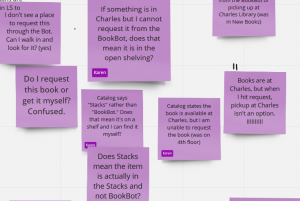

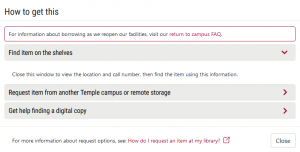
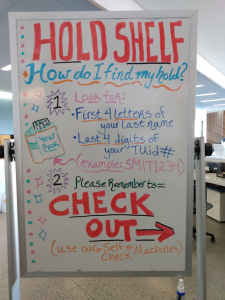
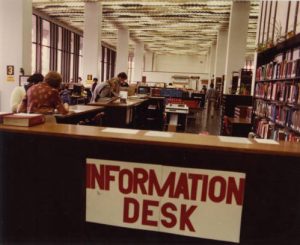
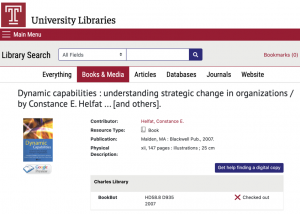
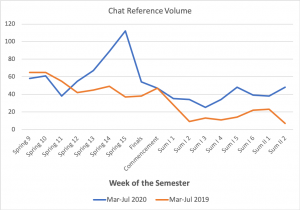
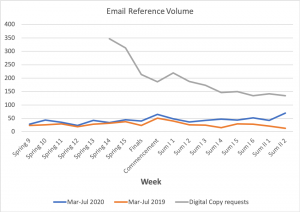
![Figure 4. Tagged topics represented during the first week of Fall 2019 semester [Aug 26 - Sept 1, 2019]. Number of chats & tickets: 125. Number of tags used: 144.](https://sites.temple.edu/assessment/files/2020/07/TaggedTopics2019-300x155.png)
![Figure 5. Tagged topics represented during the first week of Fall 2018 semester [Aug 27 - Sept 2, 2018]. Number of chats & tickets: 107. Number of tags used: 136.](https://sites.temple.edu/assessment/files/2020/07/TaggedTopics2018-300x168.png)
![(Figure 6. Word cloud of approximately 100 most frequently used words in chat transcripts during the move to online-only period [March 16-June 30, 2020]).](https://sites.temple.edu/assessment/files/2020/07/WordCloud-1-300x162.png)


